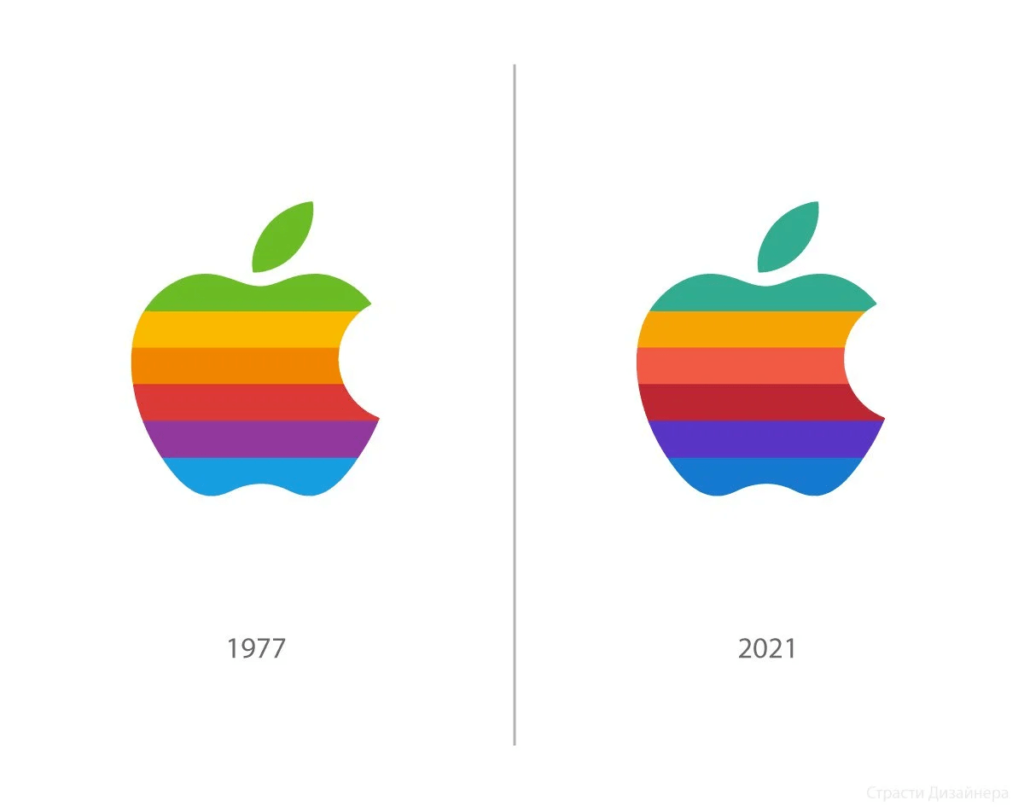
09 Feb Top 10 Tips for Designing Small Business Logos
Top 10 Tips for Designing Small Business Logos
If you run your own small business, chances are you have a lot on your plate already—you probably can’t afford another task like creating a logo (or at least one that takes up much more time than usual).
But if you want to get ahead of other entrepreneurs who might grab your idea first, knowing what makes an excellent small business logos is essential.
Before we get started, let’s get some terms straight: A logo is a symbol or mark used to represent a company on its packaging and website and the products in which it sells.
Companies also use logos as promotional tools to send out mailers, put up posters, and use them on social media.
There aren’t as many rules for this type of design, so here are some guidelines to keep in mind while developing small business logos.
1. Know your audience

A great logo should reflect the personality of the company behind it. For instance, Apple has always been known for its iconic rainbow icon, which John Sculley chose during his tenure as CEO from 1976 to 1983.
The symbol represents a tech giant’s dedication to innovation across all technology areas — something that rings true today even after Steve Jobs passed away in 2011 and Tim Cook took over as CEO.
Similarly, Netflix chose a stylised version of its famous white disc logo as part of its rebranding efforts last year.
That decision speaks to the streaming service’s commitment to the original content and high production value, two key factors that likely helped boost subscriber growth in recent years.
When choosing a small business logo, consider whether it reflects what your organisation does best. If you’re unsure, ask colleagues who work in similar fields.
2. Be mindful of colour psychology
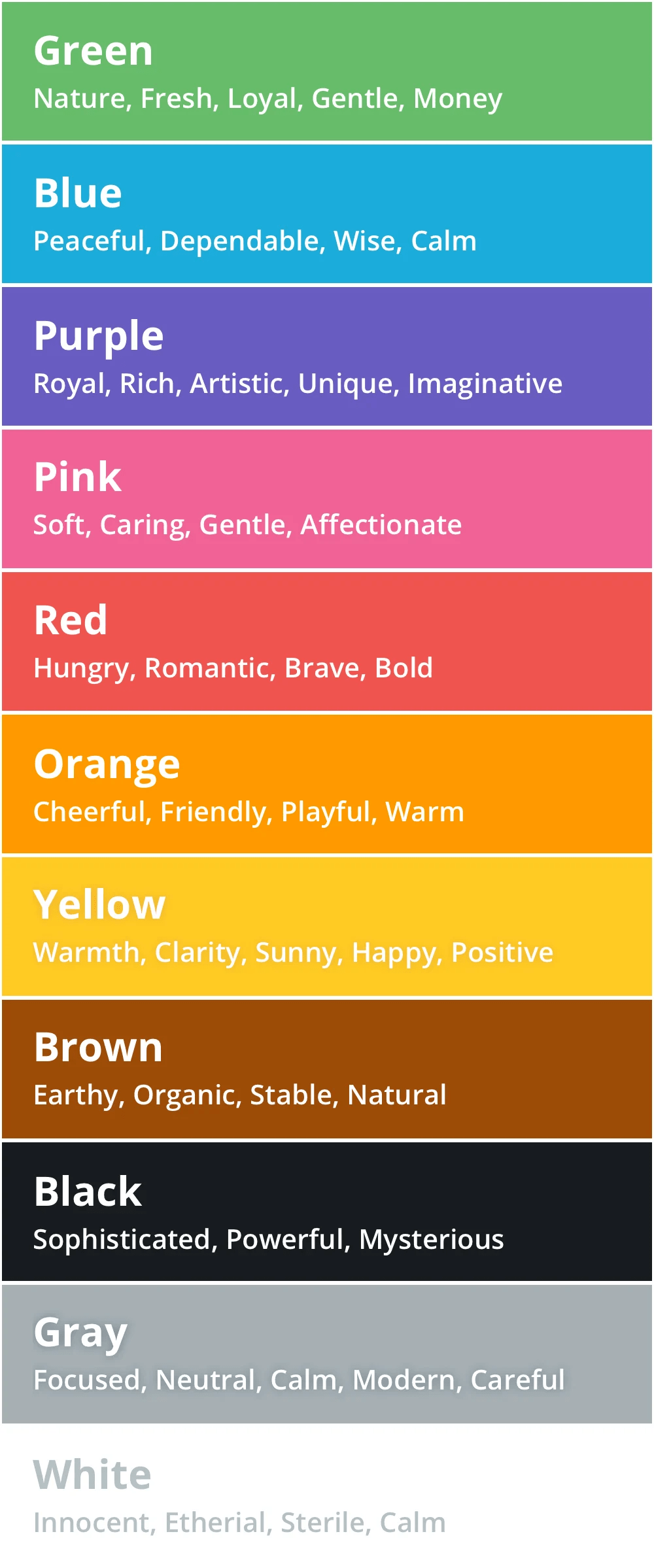
Colour psychology refers to the way people respond emotionally to specific shades and tones.
While designers may use different techniques to select colours based on their unique aesthetic preferences, general principles apply no matter where they start.
Red represents power, while blue evokes calmness and trustworthiness, for example. Some people are more sensitive to colours than others – variations on colour blindness.
If the red-green colour blindness is an issue, it may help to consider using a green font on a yellow background. The colour green will make it easier to read, and the background yellow (which is magenta) can be used to provide added contrast.
That said, experts recommend being careful not to fall into the trap of using just any shade because it doesn’t necessarily mean anything significant about the kind of experience customers will expect from your product or services. Instead, choose colours that speak directly to what your company offers.
For instance, Hubspot uses orange as a primary colour since it helps promote productivity, speed, energy, and motivation, among others. This also applies to colour palettes, according to Jessica Shaw, founder of creative studio Bizible. “Colour palettes convey distinct messages beyond mere aesthetics,” she says. So, please pay attention to them as well.
When working with smaller budgets, look for inspiration online. You’ll find plenty of resources such as Color Hunt, Brand Colors, and Coolors, among others. Remember that each person has a personal preference, and frequently, multiple options could fit within your budget constraints.
3. Design with simplicity in mind
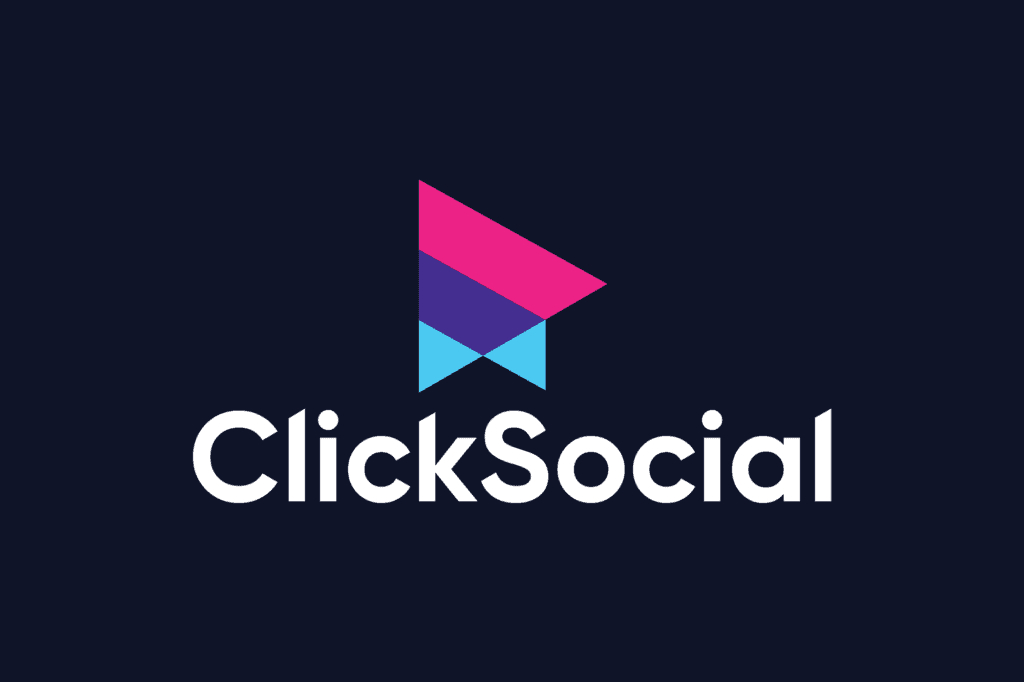
Simplicity is arguably the hardest thing to achieve, and yet, it’s what every designer strives for. I’m a big fan of the “less is more” mantra, and I always try to keep things simple in design and life.
I like straightforward to understand, so I designed my logo this way. I wanted a wordmark that represented who we are as a company.
Successful small business logos need to communicate exactly what your organisation stands for without going overboard. It should draw the viewer’s eye right to your core message. Otherwise, you risk confusing potential clients instead.
To help simplify things, think about the three Ps: Prioritise consistency, plan before moving forward, and practice restraint. Also, don’t underestimate the importance of balance and harmony.
These elements go hand in hand when crafting small business logos, and together, they create strong brands that stick. While creating your logo, keep these basic guidelines in mind for a successful brand identity.
4. Use your brand tone and imagery appropriately
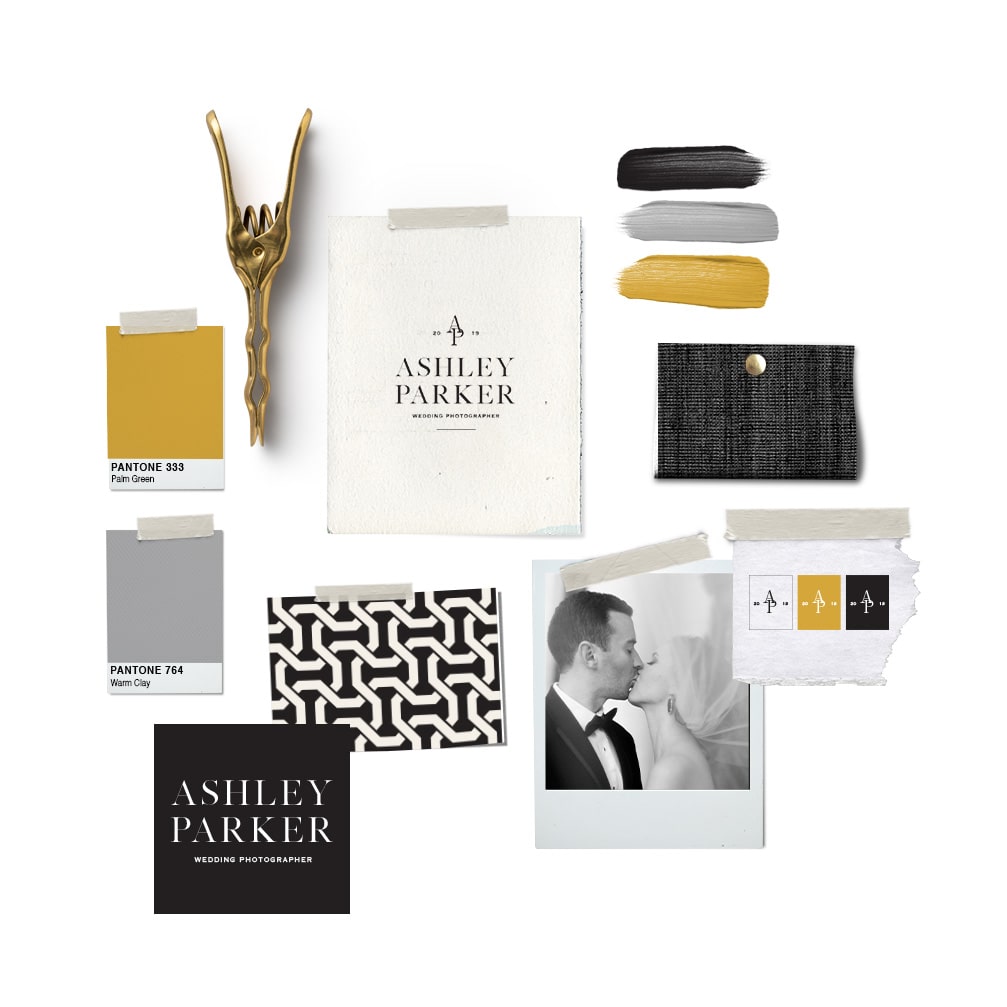
While you may love the bold black and white designs, sticking to monochromatic schemes isn’t advisable for everyone. After all, we live in a colourful world, and the human brain processes image better when they contain various hues. Plus, having contrasting colour palettes can help distinguish your brand from competitors.
However, there are limitations to using only one colour per element. Your logo shouldn’t feel cluttered either.
Avoid putting too many shapes and patterns onto a single background unless necessary. Your company name should be displayed in an easy-to-read font that can still be seen on a light background.
This is the most crucial part of your logo design. It will define how people perceive you and what they expect from your services or products.
On the same note, avoid choosing boring fonts. Although some say there are hundreds of thousands to pick from, there are actually fewer than ten basic ones that companies tend to gravitate towards repeatedly. Pay special attention to those that are commonly used in your industry.
Also, don’t forget to mix it up. Change the size, weight, shape, spacing, colour and style of letters to add interest to your small business logos.
5. Keep it simple but not too simplistic

The goal of a good logo is to tell a story through imagery rather than words. If it’s not instantly obvious what the brand is, we have failed in our job.
For this reason, I like to start my logo design process by drawing what I want the finished product to communicate. This helps me see the entire process from beginning to end and give me an idea of how everything ultimately fits together. It also helps me know what kind of look and feel I’m going for.
A good logo should have a clear identity in its form – whether it be simple and clean or bold and eye-catching. The logo itself should stand independently without needing any extra “junk” around it.
Simplistic designs are easy to recognise and memorable, but, at the same time, they can come off as generic and lacking depth. On top of that, if the image changes slightly, it becomes harder for consumers to relate to it.
So, stay away from overly complex symbols, gradients, and textures. Jorgenson suggests avoiding any form of artifice. He likens it to taking a picture of a tree versus drawing one yourself.
Instead, focus on finding the perfect balance between sophistication and accessibility. Look for ways to enhance legibility and memorability without losing clarity.
To put it simply, strive to make sure that anyone would know what your logo means immediately upon seeing it.
6. Make the most of negative space
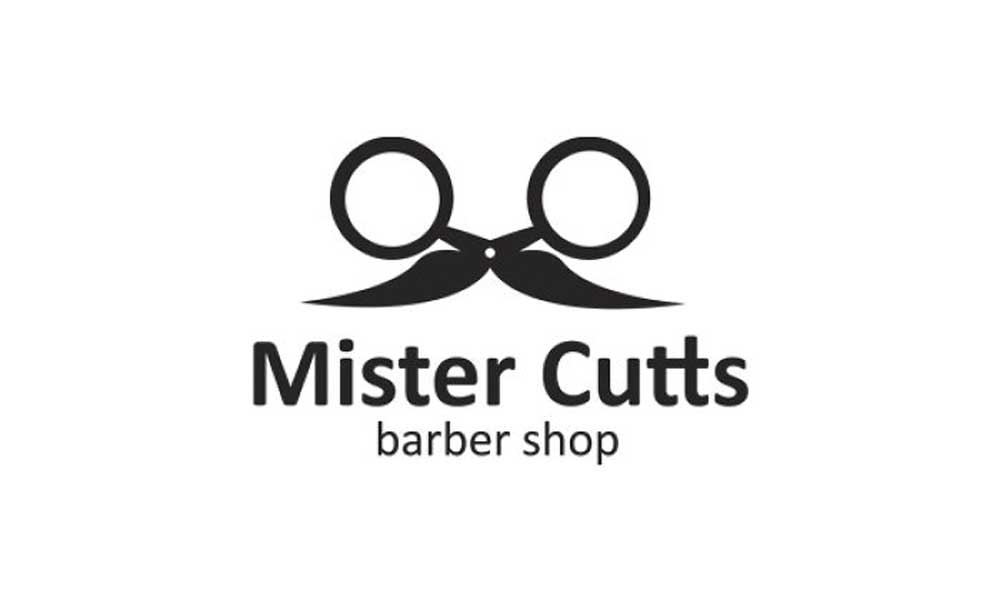
Negative space plays a vital role in conveying the essence of your brand. But it mustn’t overshadow the rest of the components. Therefore, take advantage of available blank spaces to highlight your products’ features.
When you create a visual that’s more than just eye candy; you’re also adding another dimension to your brand. You’ll be able to showcase your work or product more clearly and accurately than ever before.
It’s worth noting that negative space can sometimes be an anchor point. That’s why designers typically place bright colours next to the voids. However, too much contrast can result in distracting visual clutter.
As long as these complementary elements complement each other, go ahead and fill up the gaps.
7. Don’t be afraid to play around
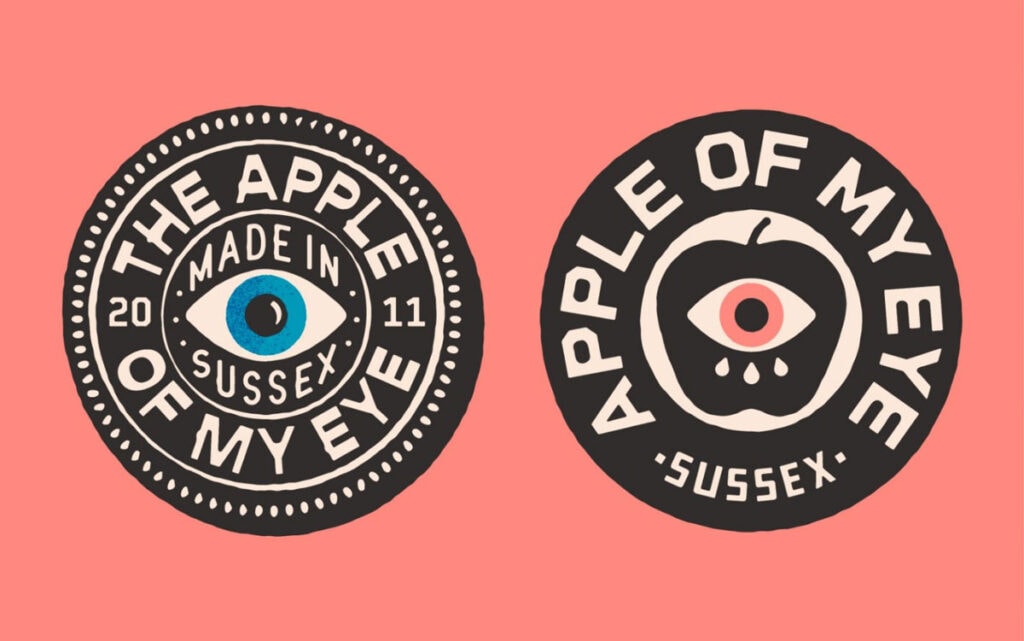
There are countless ways to combine elements to craft striking small business logos. And yes, that includes combining seemingly unrelated objects.
According to Kevin Lee, president of Inkwell Avenue, playing with typography, photography, illustration, and symbolism gives fresh ideas.
In addition, he adds that sometimes less equals more. More minor details combined can produce more significant effects. Take Google, whose minimalist approach earned millions of users worldwide. Less is more when it comes to building compelling small business logos.
8. Think about scale
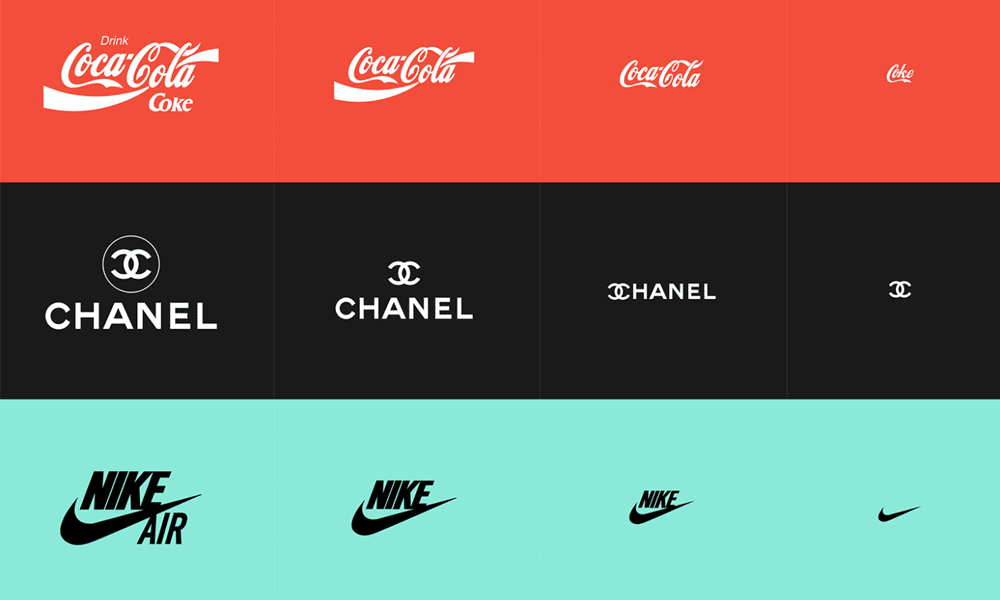
Scale matters when it comes to incorporating elements in your logo. Certain items should appear more significant than others — especially if they carry greater significance. For example, the name of an organisation is usually at least twice as big as anything else in the logo.
In short, big things deserve more considerable treatment.
This rule works both ways, in any case. Sometimes, including large graphics can detract from the overall effect of your logo.
So, consider scaling down unnecessary parts and emphasising the aspects that count. It is vital to keep your brand consistent and recognisable when you’re starting out. This will help attract more clients in the future.
9. Choose fonts carefully
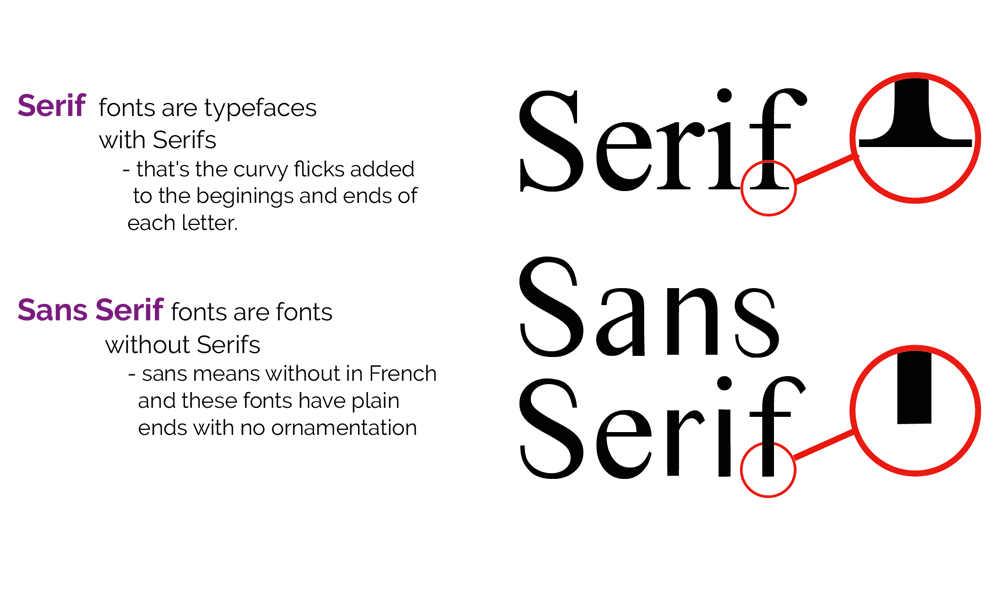
As mentioned earlier, there are only a handful of standard fonts that businesses usually opt for. Font choice can set the tone for your entire logo and instantly affect your brand’s perception.
Consider including a few variations to ensure maximum flexibility.
Try pairing sans serif and script fonts to give an airy appearance. Or pair old fashioned cursive handwriting with modern calligraphy. Similarly, mixing capitalisation and lowercase characters can further diversify your logo.
And never underplay the importance of readability. Even minor differences in letter proportions can lead to considerable discrepancies in terms of comprehension.
It’s worth noting that even when you’re not trying to create a book-like experience, there are still advantages and disadvantages for every typeface.
10 – Hire a Professional
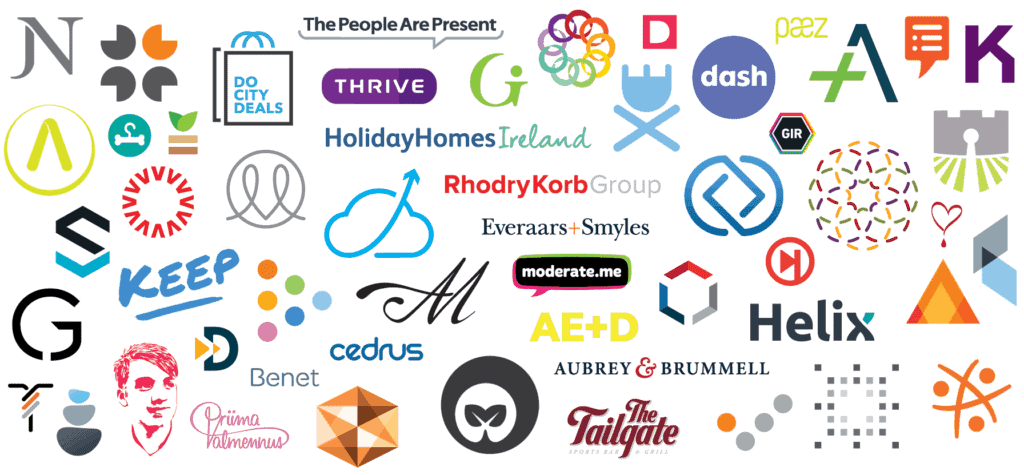
It’s not always cheap, but it’s worth it if you want people to take your brand seriously and spend their hard-earned money on it!
It’s also helpful if you have an established design style or philosophy so that your designer knows what to expect from you or how you operate daily.
However, when you’re first starting with a business, you may not be sure of your direction yet, so the services of a branding company can help you get some great ideas about this type of thing.
If you have someone in mind, see if they can give you some examples of past work before hiring them!
You can sometimes find designers on sites like 99designs or DesignCrowd, but that tends to result in wasted time and money since it’s plagued with plagiarism, amateurs and stolen designs.
You can also see what other people within your industry are doing and use their small business logos as inspiration! You may even feel inspired to try something different from what everybody else is doing!
The post Top 10 Tips for Designing Small Business Logos is by Stuart and appeared first on Inkbot Design.


